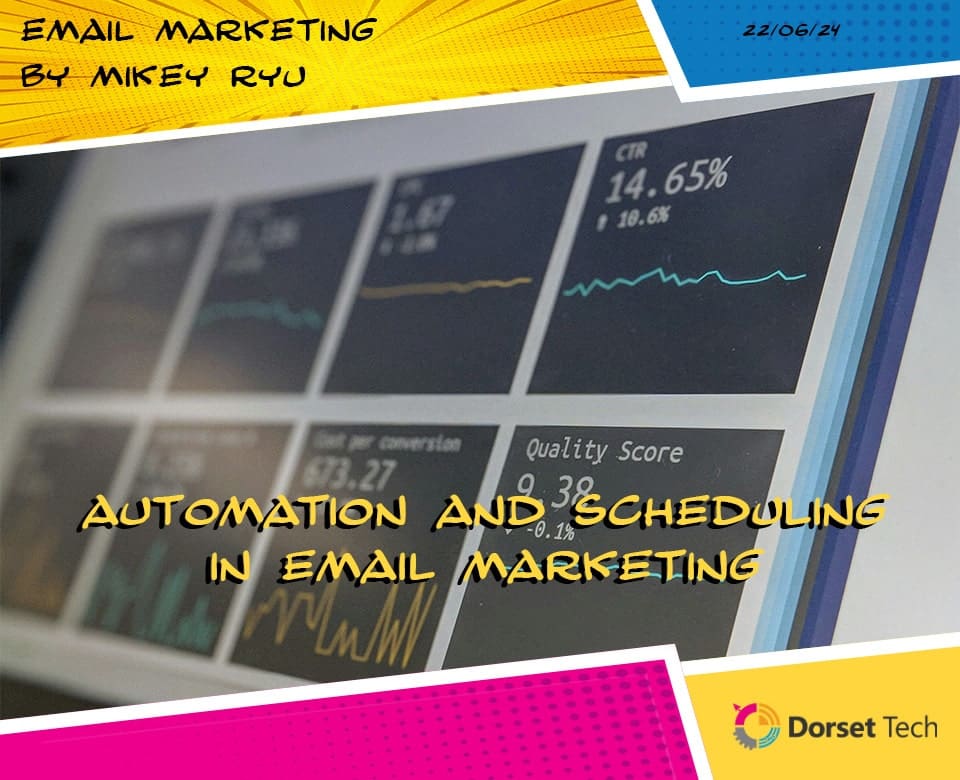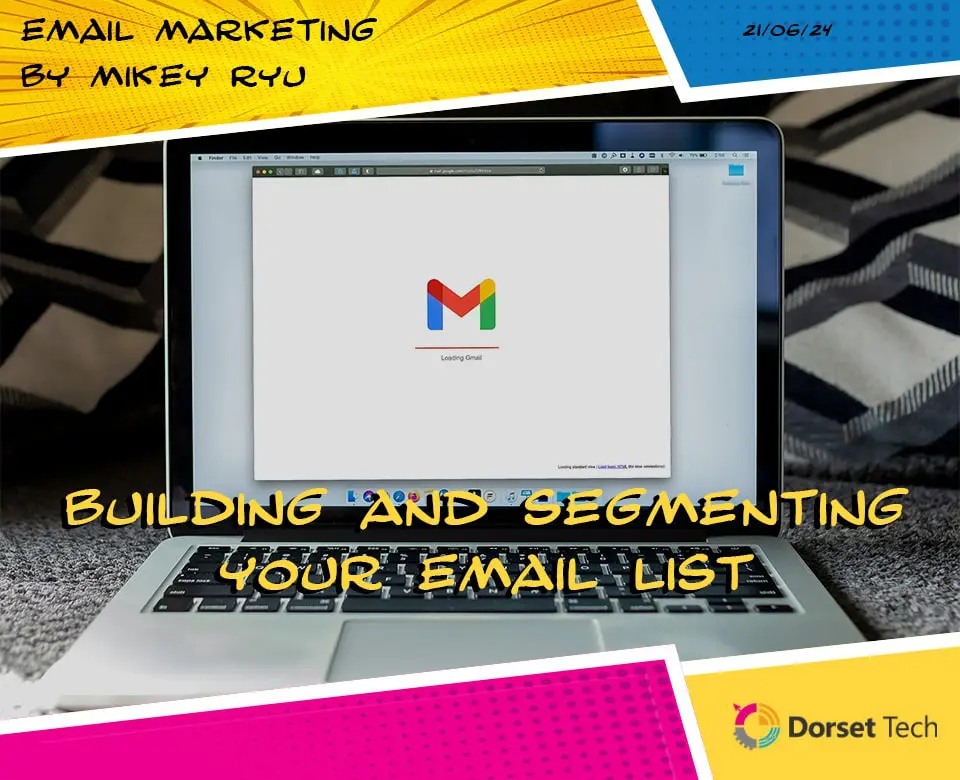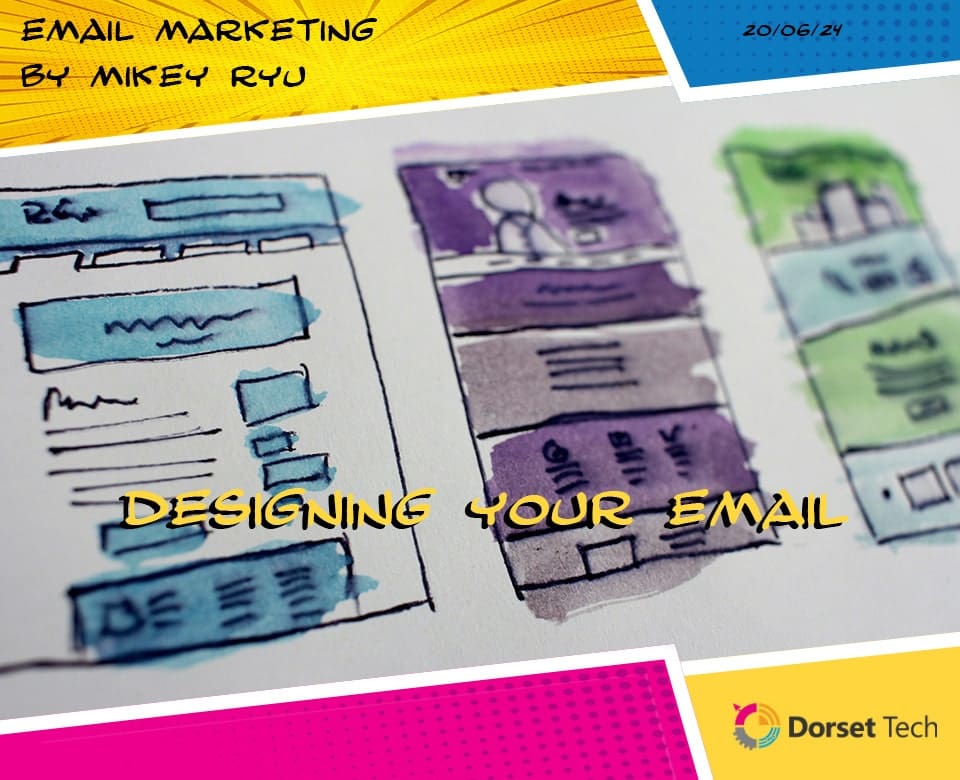
How to write the best content for your website
Capturing your website visitors’ interests can be difficult in 2019. According to a study from analytics service Chartbeat 55% of visitors spend 15 seconds or fewer on a webpage. With more than 3.5 billion Google searches every day, and roughly 350,000 tweets sent every minute, it has become so important to get your content found and then to engage the reader.
In this guide we share the ultimate guide to writing content for your website that will not only be ranked high by Google, but will boost your authority with visitors and increase conversion rates.
1. Know your audience
It sounds simple, but so many writers start their blog-writing without taking time to think about who it is they’re trying to reach. Before writing even a single line, ask yourself: Who is my primary audience? Do I have a secondary audience who can influence my primary audience? How will they find my website?
For example, say you’re creating a website for a legal firm in Dorset. Your primary target audience would be existing clients and prospects. However, your secondary target audience is much broader and would include other solicitors, law reporters, or anyone else in the wider area who might need your services in the future. You’ll need to make sure your content is both engaging and accessible to all of these audiences. What kind of questions might these groups be asking? What kind of information do they need?
Audiences find your website through many different paths; social media, links from other websites, email sharing, and search engine results. That last method is especially important when you write for the web. Text could be extremely well-written and informative, but if it’s not optimised for search engines, chances are few people will find it. Think of your audience again: what search terms would they type into Google? Make sure to include those terms in your H1 headline and H2 sub-headers.
2. Use the “inverted pyramid” model
Web readers have short attention spans – they’ll decide whether your site has the information they need in seconds. I mean I’m impressed that you made it this far! Structure your content like an upside-down pyramid or an ice-cream cone. The most important sentences at the top of the page. Then drill down to the more specific supporting information.
For example, say you’re creating a webpage about a conference. The most pertinent details – a description of the event, date, time and location would appear at the top of the page. Supporting details like speakers and their lecture topics would follow. The less important information such as event organisers, travel details, etc – would appear at the very bottom.
3. Write short, simple sentences
Long sentences are for Thomas Hardy! The short attention span of today’s reader demands sentences of 35 words or fewer. According to webpagefx.com the average adult reads at a 7th to 9th-grade level. So website content that’s accessible and easy to read will naturally reach a wider audience.
Focus on using nouns and verbs; use adverbs and adjectives sparingly. Don’t use words like “equanimity” or “obfuscate” when words like “calm” or “confuse” will do.
If you’re not sure what level you write at (like most of us!) then it’s useful to check how your texts score with readility tools. Most of the popular tools are based on the length of words and sentences in a text. Your text’s readability is then scored by a number, normally out of 10. If you use WordPress to power your website, then install the great Yoast SEO plugin – it’s free and will help you with an instant readability score.

4. Show don’t tell
Specific real-world examples to help readers visualise your messages. Consider these two descriptions:
This is the best dog toy money can buy.
Or
We made the “Tough Tugger” dog toy from durable 100% natural rubber, designed to resist punctures and tears from even the most dedicated of chewers.
Which version gives you a clearer picture of the type of dog toy you’re buying? Specific details in the second description show readers the dog bone rather than tell them about it.
To make things even better, more specific, descriptive product information helps improve your website’s SEO (Search Engine Optimisation).
5. Remove the jargon
Make sure information is understandable for the educated non-specialist. You may know what those acronyms mean, but your readers might not. Spell out acronyms on first reference and avoid insider language. Explain complex terms fully and link to other articles as needed.
Consider this sentence:
The journalist grabbed a SOT from the MOS, drove back to the station and put the story in the can.
Many of these terms are comprehensible only to broadcast journalists. A reader-friendly revision would be:
The journalist interviewed a bystander about the incident, and recorded her statement to include in the story.
This tip is especially important if you work in a technical industry, but want your website to attract non-expert customers. Remember that you need to write for your audience (see point #1) and not for your colleagues. Using accessible language will help you come across as approachable and open.
6. Mix up your word choice
Words are like cookies—we all have our favourites (mine’s Awesome!). But when it comes to keeping your visitors interested, variety is key! Have you over-used a certain word? Type it into Thesaurus.com to find new synonyms to enhance your text.
Here’s the exception: repeat the key phrase that the particular page is focused on, multiple times. For example, if you’re a photographer and the page you are writing is to target the SEO phrase of “photoshoots” then use that phrase rather than “photography sessions”.
7. Make text scannable
In addition to putting the most important information up top, make sure text is easy to skim. Most web readers will scan the page to find the specific piece of information they’re looking for – if they don’t find it easily then they’ll move on.
Don’t believe it? Try paying attention the next time you open a webpage you haven’t seen before. Are you reading every word beginning to end? Or is your eye jumping around, looking for the information you want?
Tips for improving “skimability”:
- Instead of text-heavy paragraphs, use bulleted or numerical lists. Instead of one long page of text.
- Always include “white space.”This is the empty space that surrounds paragraphs, images, and other elements on your web page. Though it may seem like this is just wasted space, it’s actually a web designer’s best friend. Comfortable amounts of white space around text make it more legible, and more enjoyable to read.
- It’s also important to divide content into sectionswith descriptive sub-headers. For example, a webpage about climate change might label text under the following headings:
-
- What Is Climate Change?
- Drivers of Climate Change
- Current and Projected Impacts of Climate Change
- Solutions to Reduce Emissions
- Learn More
These sub-headers not only help readers navigate the page, they’ll help search engines find your content. On your WordPress site, just select the text you want to edit, highlight your heading, then hover over the Style options to set your heading size. Use one large (H1) heading at the top of each page, use medium (H2) headings to separate your main content, and use small (H3) headings for any minor points.
8. Incorporate multimedia
Sometimes a picture really is worth a thousand words. Research shows that 90% of the information transmitted to the human brain is visual, and people process visual information 60,000 times faster than text. An easy-to-read chart or graph can also do a better job of explaining a complicated topic than text alone. If you’re not a graphic designer by trade, there are lots of ways to use visuals on your website and some great services out there to help you make graphics yourself like Canva.
Images also help break up text, making your page easier to read. We recommend having at least one image on each page of your website.
9. Layer website content
The great thing about a website is that it’s easy to direct readers from one page to another. Help readers find more great content by hyperlinking certain words or phrases to other relevant resources, especially those on your own website. This will help keep people engaged with your content and moving through your site.
For example, say this sentence appeared on your cooking website: Ratatouille is a low-fat dish that consists of seasonal ingredients like eggplant, squash, and tomatoes. You could hyperlink “low-fat dish” to a page with other blog posts on healthy eating.
Building these internal links within your own site also helps your SEO, but keep in mind that links should always be relevant and helpful. Visually, if you overload your text with links, people won’t know what to click on.
10. Leave them wanting more
Good websites end each page with a strong call-to-action (or CTA for short). This strategy helps direct readers to other areas of your website and encourages them to promote your content to their friends and family.
Keep these calls-to-action succinct, and start them with action verbs like “Download,” “Share,” “Join,” “Sign Up,” “Learn More” or “Watch.” And of course, make sure to include a hyperlink that actually allows readers to fulfil the action you’re asking them to take.
Writing, in general, is hard work – writing content for your website, even more so. But remember, you don’t need to write perfect texts first time around! Once your content is live, you can do monthly website checks to monitor and optimise its performance. With these tips, you’re prepared to create effective content that resonates with even the most time-pressed of internet readers.
If all of this sounds too much like hard work – why not hire us to write your website content? Contact Us





















